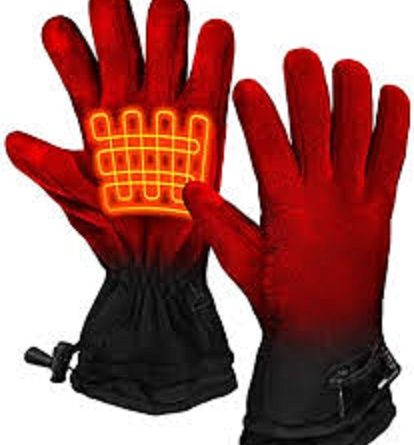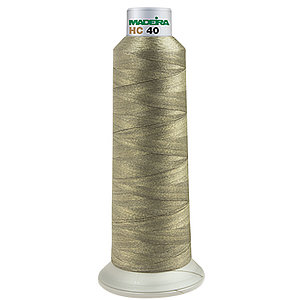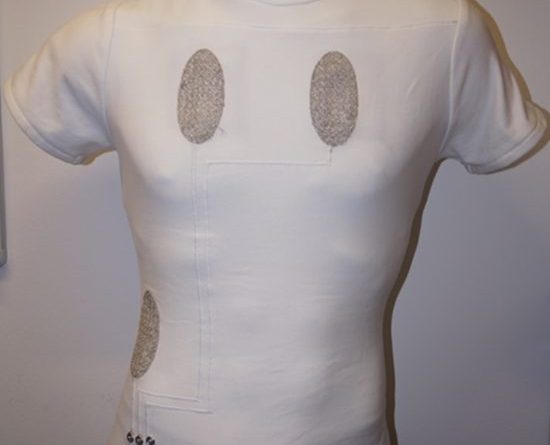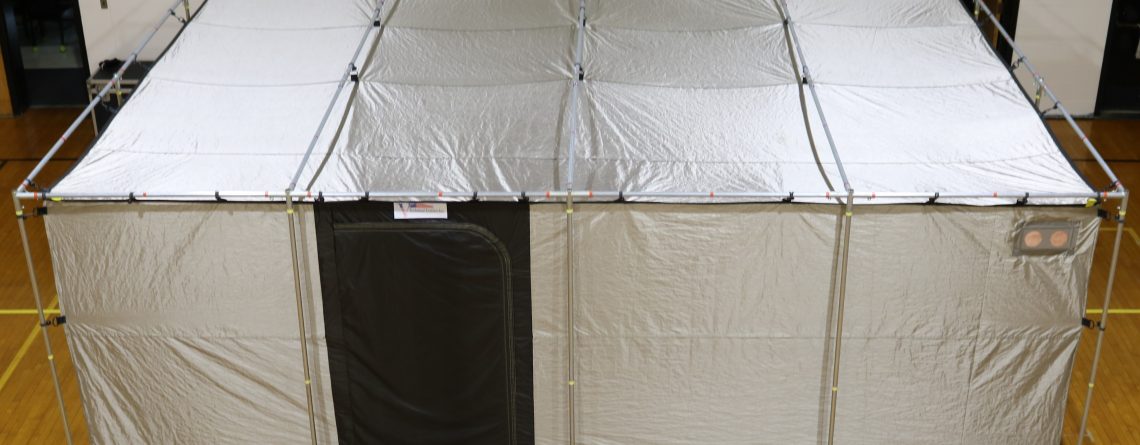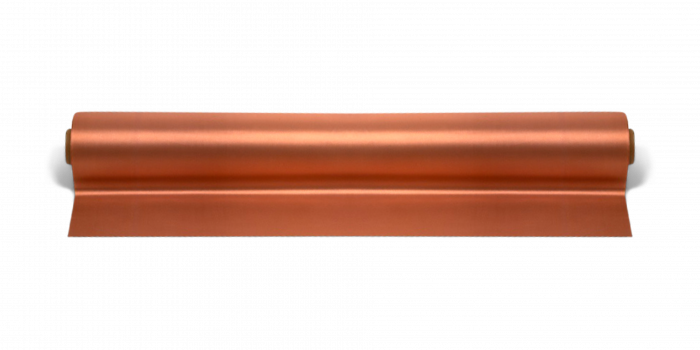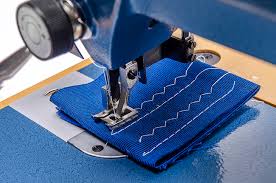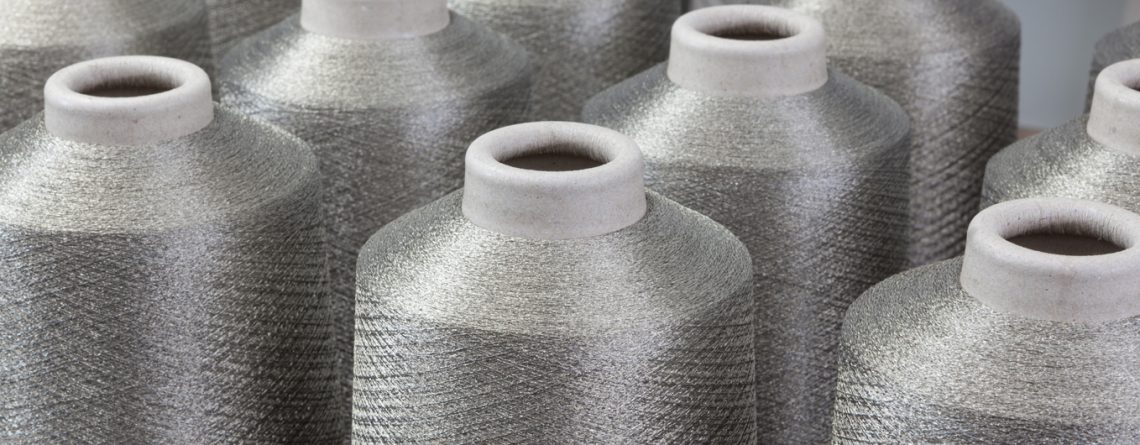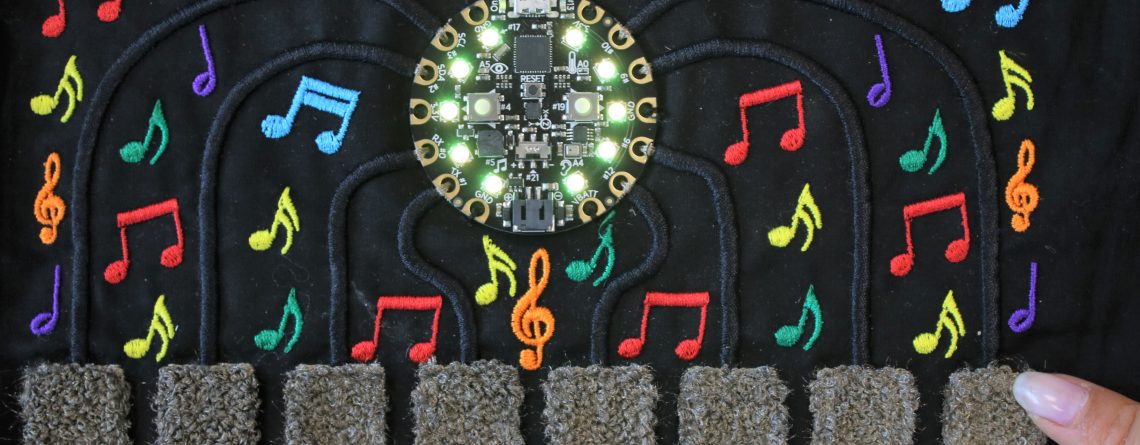19Jan
12Jan
Embroidered Circuits Require Embroidery Thread!
Embroidered Circuits Require Embroidery Thread! In the early days of smart textiles and smart clothing, wires ruled! Actual wires ran from power source to switch and on to the functional element! Wires developed stress fractures as the textile flexed. These stress fractures resulted in circuit failures. TPU "wire" was developed to correct stress fractures. The "wire" was conductive yarn surrounded by Thermoplastic PolyUrethane (TPU). This allowed flexibility of yarn and the insulation/protection of the TPU. This solution worked well as...
06Jan
Sensors are very Important. What do they do?
Sensors are very Important. What do they do? Sensors are by definition devices that measure a physical property and records, indicates, or otherwise responds to it. Sensors monitor our health- They monitor our vital signs and alert us to problems. They can be used in hospitals or remotely. They detect the electrical systems of the human body. Brain activity, vital signs, and respiration. Sensors/Electrodes are used in Therapy- TENS (Transcutaneous Electrical Nerve Stimulation) helps in nerve therapy. EMS (Electrical Muscle...
05Jan
Developing a New Product? VTT can Help!
Developing a New Product? VTT can Help! If your product requires metalized textiles, we're here for you! V Technical Textiles, Inc. has access to the largest inventory of metalized textiles. These include conductive fabrics, yarns and threads, and notions. Product design is one of the cornerstones of our growth! Our engineering and product development team can help from start to finish! Developing a New Product? VTT can Help! We have a special relationship with the producer of metalized textiles. We can give...
09Dec
Why work with VTT? Experience, Research, Dedication, and Commitment!
Why work with VTT? Experience, Research, Dedication, and Commitment! These are four great reasons to work with V Technical Textiles, Inc. Experience is paramount, VTT has been selling conductive textiles for more than 20 years. The "selling" isn't the important issue, it is the control over the raw materials. Due to our relationship with the manufacturers of these textiles, VTT has several advantages: Control over the raw materials- VTT has a large inventory readily on hand for sale or manufacturing...
29Oct
Metalized Textiles and Notions Sampler, our Textiles in your Hands!
Metalized Textiles and Notions Sampler, our Textiles in your Hands! V Technical Textiles, Inc. offers the largest selection of metalized Textiles Products and Notions in the World! Our conductive textiles are the choice of industry leaders. These textiles are used to create and manufacture products for the medical, automotive, and aerospace marketspaces. Conductive fabrics have been in use for many years. They have come to the forefront in many applications lately. Our products are used in smart textile applications worldwide! Metalized...
27Oct
Conductive Yarns Sewability Assessment, Shieldex Collaborates in NC State Study!
North Carolina State University is Conducting a Sewability Assessment of conductive yarns. New conductive yarns and threads are currently being processed with new materials and technology. Sewing and Embroidery using them offers unrestricted pattern-ability. Sewing allows conductive patterns that are curved and even sharply angled to be used. Most conductive yarns are advertised for their potential electrical performance. The actual electrical performance can only be determined once the yarn has actually been sewn! Some yarns are affected by the sewing...
21Oct
Need Conductive Embroidery Yarns? We have the ones you Want!
Need Conductive Embroidery Yarns? We have the ones you Want! Conductive Yarns and Threads have replaced metal wires in Smart Clothes! It only makes sense, clothes are made of textiles, not wires. Metal wires will ultimately develop stress fractures from repeated flexing. These stress fractures will result in circuit failure. Conductive yarns are plated with metal, making them conductive! These conductive threads are able to flex with the clothing. This makes them more comfortable to the wearer than wires. The...
11Oct
What is Conductive Embroidery, how is it Used?
What is Conductive Embroidery, how is it used? Conductive Embroidery is not just your grandmother's hobby anymore! It is the newest trend in smart clothing circuits, sensors, and electrodes! New highly conductive yarns and threads have been developed. These threads and yarns are silver plated and can be used in embroidery machines. Silver is the most conductive metal. Solid silver wires were previously used in Smart Clothing. The problem was that the clothing had to flex with its wearer. Silver...
09Sep

